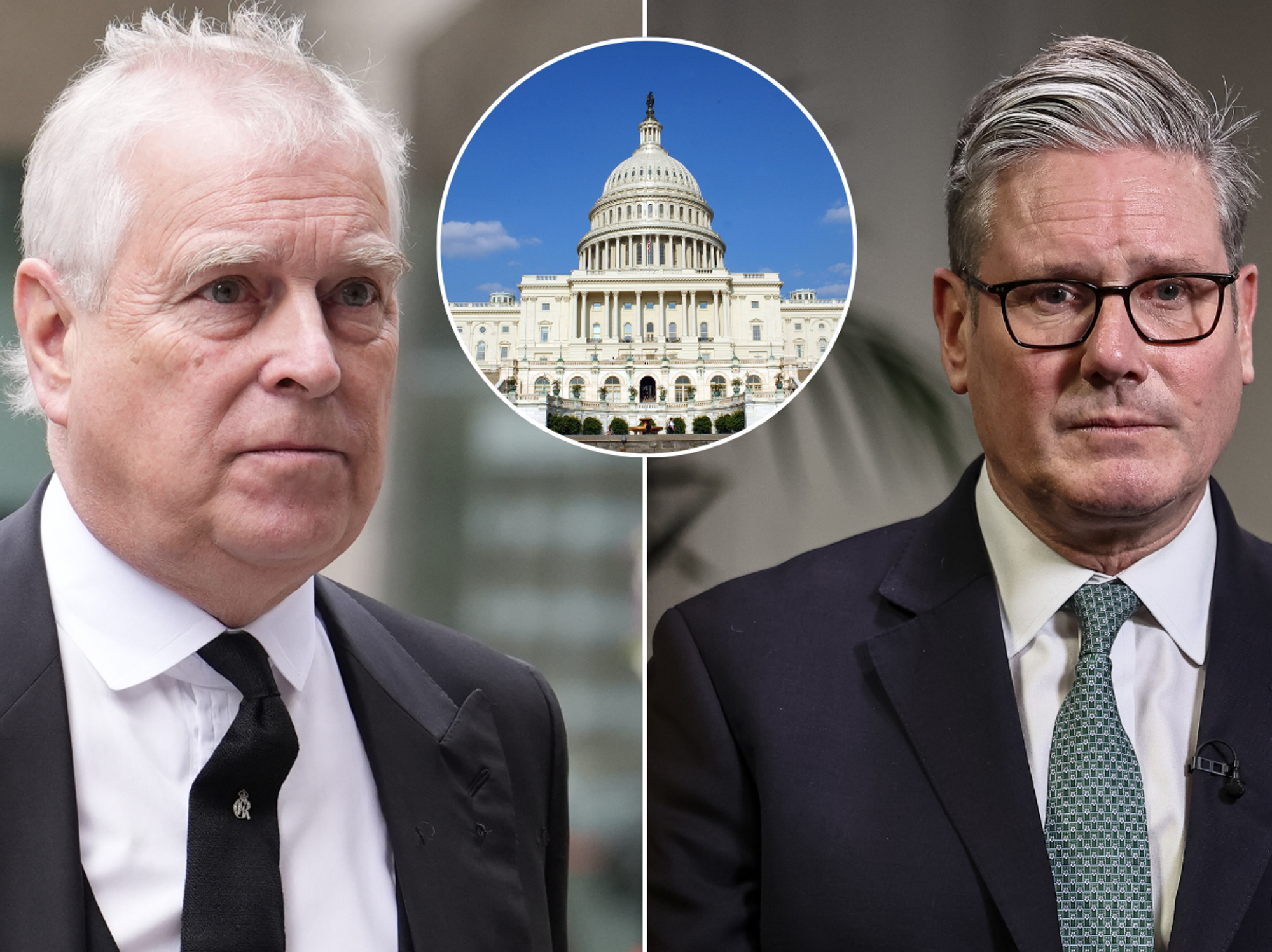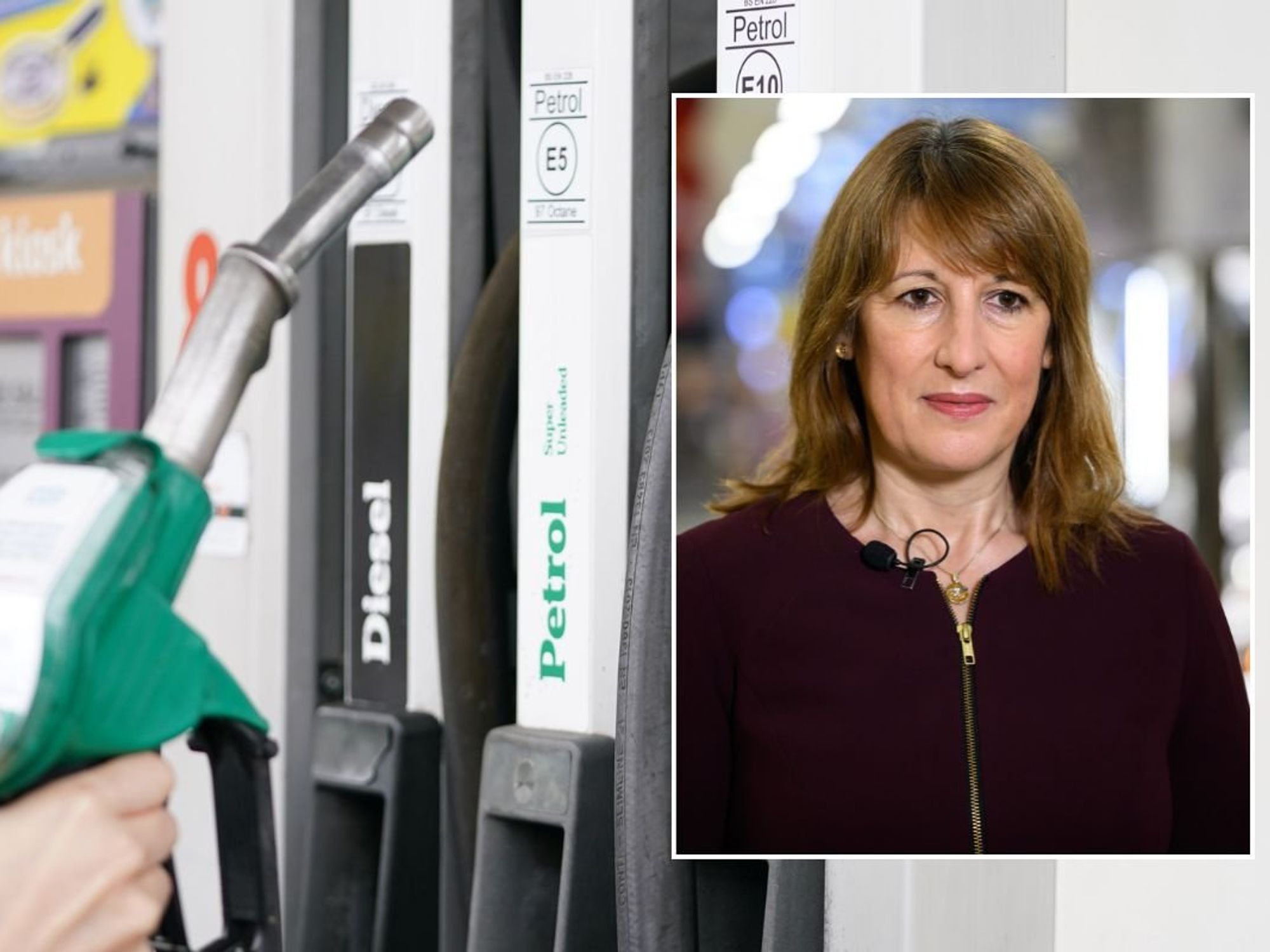Under 150 days left until critical Windows 10 deadline, will YOU pay Microsoft to keep using your PC?

If you don't want to send more funds to Microsoft, there are alternatives
- Microsoft is preparing to halt all free security updates for Windows 10
- From October 14, you'll need to pay to receive vital patches and bug fixes
- If your PC is compatible, Microsoft is offering a free upgrade to Windows 11
- Despite the looming deadline, millions still rely on the operating system
Don't Miss
Most Read
Latest
There are fewer than 150 days until Windows 10 reaches its end-of-support deadline.
From October 14, 2025 onwards, Microsoft will no longer issue free software updates to fix vulnerabilities, bugs, and critical glitches in the desktop operating system. Without these, Microsoft warns that anyone who continues to use Windows 10 will be left "at greater risk for viruses and malware".
Despite a recent U-turn to delay the same support deadline for Microsoft Office apps by three years, the Redmond-based company has refused to budge on its decision to halt vital updates for Windows 10.
If you use a Windows 10 device to store treasured photos, important emails and records, passwords and other sensitive personal documents, log in for online banking, and more, this warning should be extremely concerning.
Still using Windows 10? You're not alone.
Despite the looming deadline, this soon-to-be defunct operating system remains the most popular version of Windows, with an estimated 52.94% of the 1.6 billion Windows devices in use globally.
In second place, Windows 11 — the successor to Windows 10 — boasts a 43.72% market share.
Source: StatCounter Global Stats - Windows Version Market Share
So, what can you do?
There are several options to prepare for the end of support for Windows 10 on October 14, 2025. The first and last should be free of charge for most people, with the other two options likely to cost you.
- Upgrade to Windows 11... if you're able to
- Buy a new device with Windows 11 preinstalled
- Pay a yearly fee for additional support keep using Windows 10 securely
- Switch to a different operating system
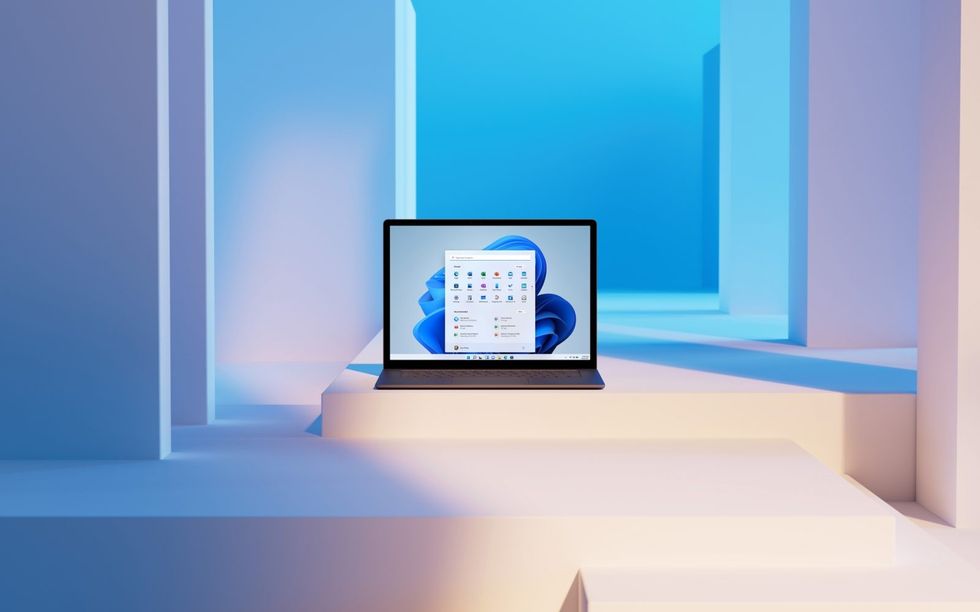 Windows 11 superseded Windows 10 back in October 2021, but despite almost three years on the market, its predecessor is still used by millions more people worldwide | MICROSOFT PRESS OFFICE
Windows 11 superseded Windows 10 back in October 2021, but despite almost three years on the market, its predecessor is still used by millions more people worldwide | MICROSOFT PRESS OFFICE Upgrade to Windows 11
If you're using a Windows 10 machine that meets the minimum criteria to run Windows 11, then Microsoft will let you upgrade to the newer operating system free of charge. The Redmond-based firm has already started to preemptively notify compatible Windows 10 PCs about this cost-free option.
Check the eligibility of your laptop or desktop PC using the PC Health Check app baked into the operating system, or third-party tools like WhyNotWin11. If your hardware is compatible, the simple upgrade process involves clicking the Windows Start button, then select Update & Security> Windows Update.
Windows 11's minimum requirements have been a point of contention since its release back in October 2021. The desktop operating system demands a 64-bit processor, a minimum of 4GB of RAM and 64GB of storage. More controversially, it requires TPM 2.0 and Secure Boot capabilities, features absent in many older PCs.
Microsoft says this hardware is required as it enables many of the security features baked into the operating system — making it more secure and ensuring your important files remain under lock-and-key.
While there are unofficial workarounds exist to bypass eligibility checks — enabling PCs that do not meet these requirements to install the successor to Windows 10, these involve registry modifications and may lead to future update issues. Some users have found success with third-party tools like Rufus, which offers a Registry bypass hack for Windows 11 24H2 in-place upgrades on ineligible systems.
Without these workarounds, the strict requirements have left numerous Windows 10 users unable to upgrade, causing some to warn that as many as 240 million working laptops could be destined for landfill.
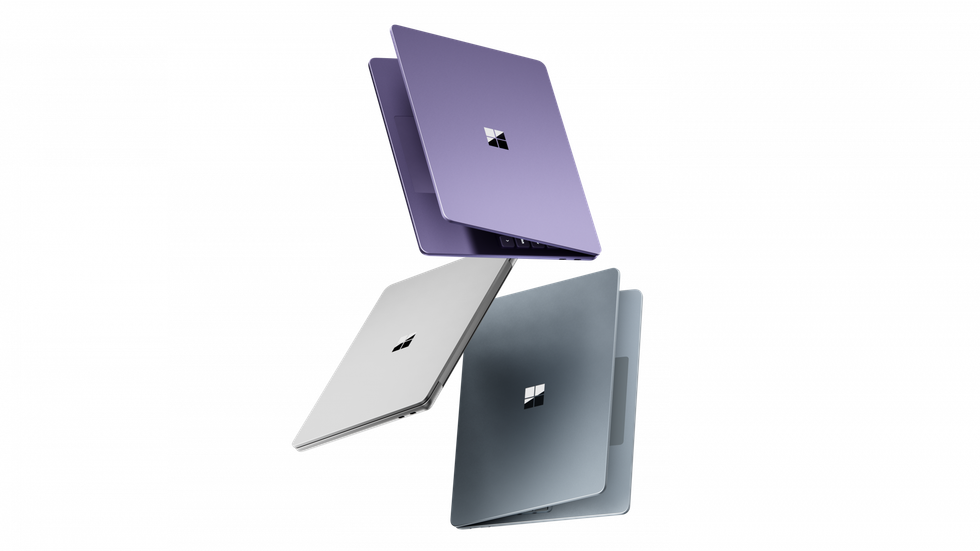 Surface Laptop 13" has a slightly smaller screen than Microsoft's Surface Laptop 13.8" released last year for £1,049. It's available in Violet, Ocean, and Platinum | MICROSOFT PRESS OFFICE
Surface Laptop 13" has a slightly smaller screen than Microsoft's Surface Laptop 13.8" released last year for £1,049. It's available in Violet, Ocean, and Platinum | MICROSOFT PRESS OFFICE Upgrade to a new Windows device
If you can't upgrade the existing operating system on your current device, it might be time to upgrade the hardware itself. Microsoft sparked controversy by advising users to "buy a new PC" if their current hardware doesn't support Windows 11. The guidance, published in a recently updated support document, raised eyebrows due to potential environmental and financial impacts.
Critics argue that discarding functional computers due to its decision not to allow them to upgrade to a newer version of the operating system generates unnecessary electronic waste, or e-waste. By some estimates, the decision to drop support for Windows 10 will result in 240 million devices being sent to landfill prematurely due to the tough system requirements of its successor.
However, Microsoft contends that its strict system requirements for Windows 11 are essential since these add enhanced security features and a smoother experience on the newest version of its desktop operating system, which boasts an entirely new look and AI-powered capabilities.
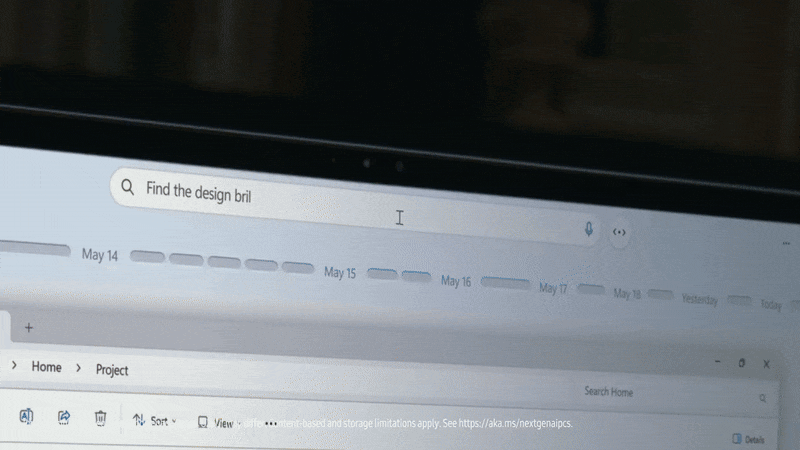
Recall is one of the flagship features of these new Copilot+ PCs as it lets you search for text, images, and URLs that have appeared on-screen on your laptop. Microsoft has described the feature as a "photographic memory" for everything you do on your Windows 11-powered Copilot+ PC
| SAMSUNG PRESS OFFICEEven if you wanted to stick with Windows 10 — that's going to be tough. Shopping for a new desktop PC, tablet or laptop today, you won't find anything ships with Windows 10 preinstalled. The newer Windows 11, which launched in October 2021, has become the standard for all modern PC hardware.
Interestingly, not all versions of Windows 11 are created equally.
Last summer, Microsoft introduced a new category of PCs — known as Copilot+ PCs — that deliver unique AI features, including the controversial Recall feature, not available on the standard installation of Windows 11. These devices ship with a new key on the keyboard dedicated to the Copilot assistant, the first shake-up to the Windows keyboard layout since the Start key was introduced back in 1994.
Microsoft spearheaded this all-new category of Windows 11 laptops with its own new Surface Laptop and Surface Pro, while Samsung's first Copilot+ PC is Galaxy Book 4 Edge. Other brands have also launched a series of Copilot+ PCs, including laptops from from ASUS, Lenovo, and HP too.
On the one-year anniversary of the introduction of Copilot+ PCs, Microsoft introduced two new variants to its lineup — the new Surface Pro and Surface Laptop, which offer the lowest-ever starting price of any of these Windows 11 machines.
With all of this activity around Windows 11 and its Copilot+ PCs, Microsoft exec Yusuf Mehdi recently published a blog post referring to 2025 as the "year of the Windows 11 PC refresh", discussing the perks of ditching your current hardware for a new Copilot+ PC.
Pay for additional support on Windows 10
For the first time in its history, Microsoft will offer its optional Extended Security Updates (ESUs) subscription plan to both businesses and consumers.
Previously reserved for companies with a large fleet of devices, this paid programme allows firms to receive critical security updates for up to three years after the end of support.
Microsoft has confirmed plans to offer Extended Security Updates (ESUs) for Windows 10 and published pricing, with the first year due to set back businesses $61 (£48.19).
To incentivise Windows 10 users to upgrade to the next iteration of the desktop operating system, Microsoft will double the cost every year. The full breakdown of costs is as follows:
- Windows 10 ESU — $61 (£48.19) for first year
- Windows 10 ESU — $122 (£96.39) for second year
- Windows 10 ESU — $244 (£192.78) for third and final year
It's also worth noting that these prices are per device, so ESU can quickly become pretty expensive if you've got a swathe of laptops and desktop PCs that you don't want to upgrade to Windows 11.
Fortunately, Microsoft has lowered the cost for consumers. If you own a Windows 10 device and want to continue to receive vital security updates, Microsoft will charge $30 (£24) for an extra year of critical updates via its Extended Security Update (ESU) program.
The US firm has only confirmed plans to offer an additional year of critical security patches and bug fixes, with no word on whether consumers can stay protected from late 2026 onwards.
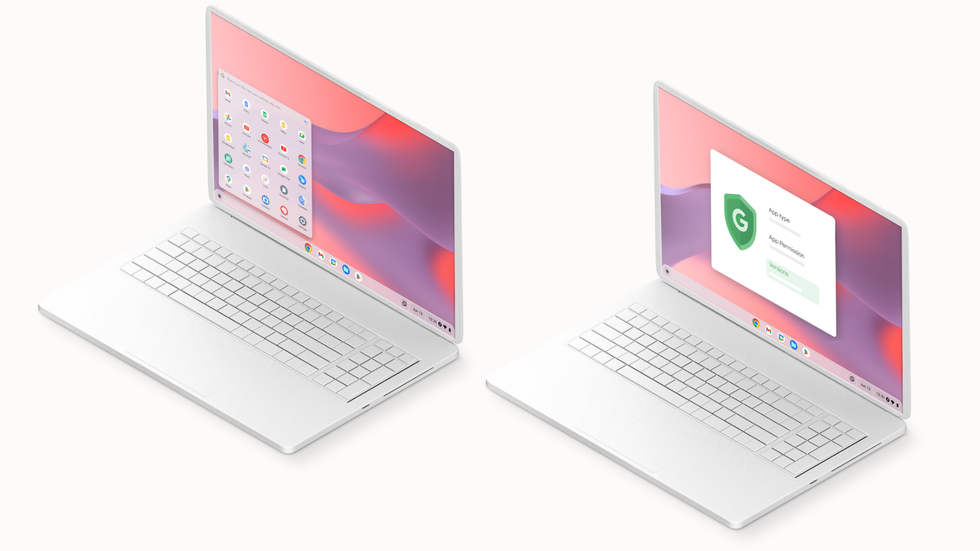 Google says that its ChromeOS Flex software will keep devices unable to upgrade to Windows 11 protected with security updates and fixes | GOOGLE
Google says that its ChromeOS Flex software will keep devices unable to upgrade to Windows 11 protected with security updates and fixes | GOOGLE Switch to a different operating system
With Microsoft showing no signs of ditching its policy to charge for additional support — despite the delay to the deadline for those running Microsoft 365 applications on their device, several rivals have stepped-in to offer an alternative solution for those faced with abandoning their laptop or desktop PC to upgrade to something new.
Google is offering a free upgrade for all Windows 10 users to its ChromeOS system, which is based on the world's most popular web browser and boasts years of security updates and support. This can be used across desktop PCs and laptops — transforming them into Chromebooks, with automatic security updates and speedy performance thanks to the lightweight, browser-based software.
Another solution comes courtesy of the "End of 10" project. It aims to introduce Windows 10 users to Linux, providing simple instructions for installation and explaining the benefits of this open-source alternative. Linux can make many PCs built since 2010 "fast and secure again" without the strict hardware requirements of Windows 11.
Third-party security firm 0patch has also used the opportunity to muscle-in on Microsoft's territory — offering critical software support to Windows 10 users after the October 14, 2025 deadline at a much more affordable cost than Microsoft wants to charge.
These approaches not only keep your device — and data stored on it — secure, but helps reduce electronic waste.
What happens if you don't do anything?
Continuing to use Windows 10 after support ends carries significant risks.
Microsoft has issued a stark warning to millions of PC owners that unsupported devices will be "at greater risk for viruses and malware". That's because, without a regular drumbeat of security updates, PCs quickly become vulnerable to cyber attacks and data theft. Any glitches or vulnerabilities discovered in the operating system by hackers will never be patched, leaving you exposed each time you head online.
But it's not just about losing security features. Windows 10 users will almost certainly find that certain features or software no longer function properly over time. To safeguard your digital security and ensure smooth operation, it's crucial to plan your transition away from Windows 10 before the October 2025 deadline.
Microsoft's Jason Leznek emphasised the importance of preparing for the transition: "By now, you've probably heard that Windows 10 will reach end of support on October 14, 2025.
"You can enroll those PCs in the paid Extended Security Update (ESU) program. ESUs allow you to receive critical and/or important security updates for Windows 10 PCs when you need extra time to move to Windows 11"
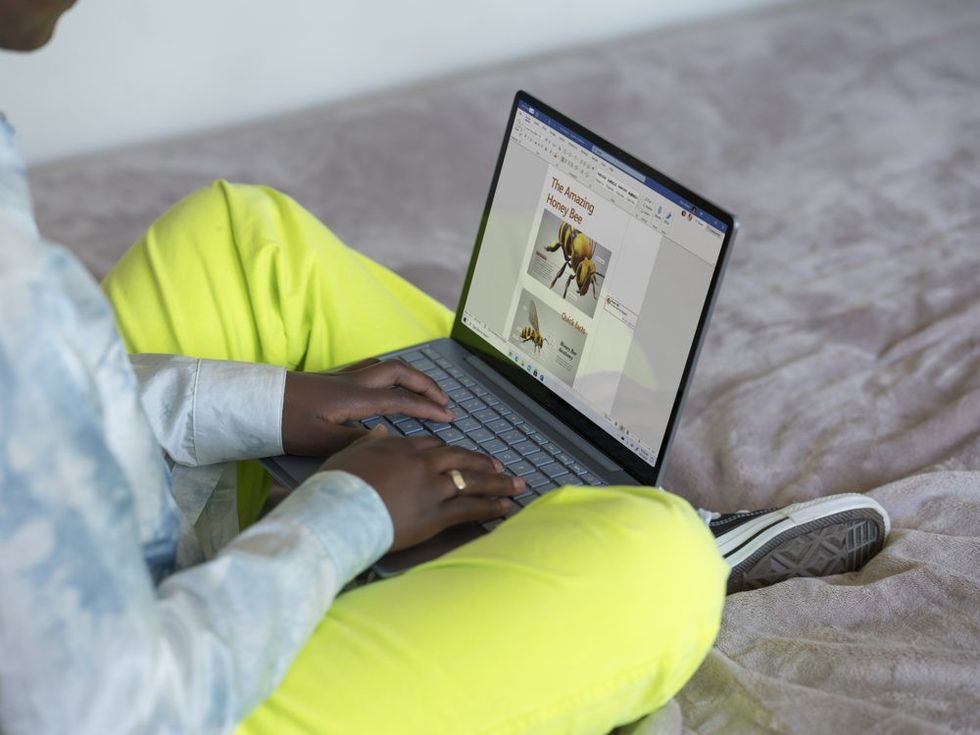 Windows 10, which launched back in 2015, is still used by millions of people worldwide | MICROSOFT PRESS OFFICE
Windows 10, which launched back in 2015, is still used by millions of people worldwide | MICROSOFT PRESS OFFICE What's new in Windows 11?
If you haven't used Windows 11 before, the latest desktop operating system boasts an entirely-new look with tightly-rounded corners across all applications, similar to macOS. There's also a lot of transparent elements and you can switch between Light and Dark Modes throughout the day to make everything easier on your eyes.
Windows 11 puts a new focus on Copilot — the latest Artificial Intelligence (AI) assistant built by Microsoft, which can find documents across your hard-drive and cloud storage, change system settings, translate in real-time, and much more. Microsoft has also improved the Snap functionality to send applications to corners of the screen, with groups saved so you can jump back into the same layout at a later date.
 Windows 11 reworks the design of the operating system and brings the iconic Start Menu to the centre of the screen for the first time | MICROSOFT PRESS OFFICE
Windows 11 reworks the design of the operating system and brings the iconic Start Menu to the centre of the screen for the first time | MICROSOFT PRESS OFFICE The Start Menu has also been redesigned, and sits at the centre of the taskbar that runs along the bottom of the screen. Windows 11 also resurrects widgets, which feature personalised feeds of the latest headlines, weather forecasts, traffic conditions, sports scores, and stock market data, all powered by Artificial Intelligence.
For the first time, Windows 11 lets you set a different wallpaper image or colour for every virtual desktop you're running — handy for those who use one desktop for work applications and another for personal use. Default apps, like Photos, Notepad, Media Player, Mail, and Settings have all been redesigned from the ground-up too.
Since there's no end of support deadline on the horizon for Windows 11, PC owners can expect to receive a swathe of new features, new designs, and clever AI tricks coming in free software updates in the coming months and years.
More From GB News







